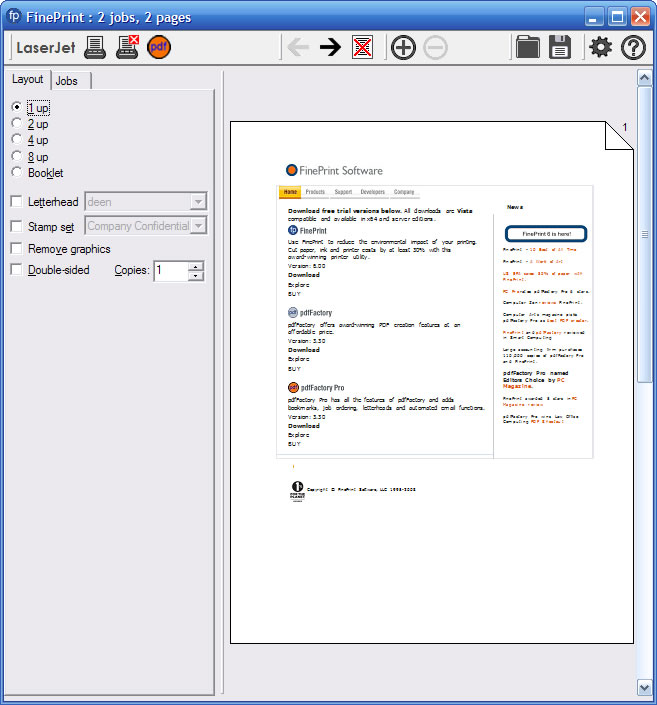
- Adding fonts to universal type client how to#
- Adding fonts to universal type client for mac#
- Adding fonts to universal type client install#
- Adding fonts to universal type client android#
There are rarely any script or decorative fonts as system fonts seem to focus mostly on utility. This sounds generous, but you usually have a selection of a handful of sans-serif and serif fonts which are suitable for body copy. Modern desktops come with about 100 fonts, while mobile devices only get a very small selection. Depending on your design needs, there may not be any default fonts which are suitable. This is a big issue! There aren't typically many system fonts that come with your system. Con: Lack of Variety System fonts don't tend to take chances and have subtle differences in aesthetic. The ease of access makes them a very tempting prospect, especially when you don't want to be bothered with the hassle of finding and installing fonts. As the fonts are already installed, it's very easy to pick them up and start working with them. Pro: Availability System fonts are easily available to everyone and don't require downloadsĭesigning with system fonts is a relatively common practice, especially for new designers. There are both pros and cons to working with them it all really depends on your perspective. There is a lot of discussion out there when it comes to system fonts in the design space. Generally I'd suggest avoiding it unless you really dislike the default system UI fonts.
Adding fonts to universal type client android#
Android and Windows tend to be less restrictive, but changing them isn't always straightforward. Apple tends to be pretty restrictive, but it is possible through third-party applications.


Well, that depends on the operating system. So you may be wondering if you can change the system UI font.
Adding fonts to universal type client install#
Imagine getting a device with no fonts! How would you install new fonts if you can't read anything? Making this font a system font is a must as this font will need to be used and accessible the moment you get your device. That's essential when you have a large audience using your devices. These fonts are typically not exciting, but they are clean and easy to read. The UI for operating systems often uses a sans-serif system UI font. Settings page from iOS using the San Francisco font for the system UI font As you can see below, this capture of an iOS settings page shows the font used in the user interface. Usually, the font that the designers of the operating system have chosen is used in the UI. Well, of course, technically it is a system font by default as it's one of the fonts that came with the device. This could be in a word processor, design program, or just about any program that allows you to switch fonts.Ī system font is not necessarily the font used in the UI. Keep in mind that a newly installed font will then have to be used in some way. There is often some confusion about what adding a font does in regards to system UI fonts.
Adding fonts to universal type client how to#
Working on a Mac, and you're not sure how to install fonts? Check out this free video tutorial for extra help.
Adding fonts to universal type client for mac#
Check out these videos for help with that for Mac and Windows. One of the most common questions in regards to system fonts is how to add additional fonts to your operating system. System fonts have a lot of utility when it comes to Mac and Windows.

As these are the fonts paired with the operating system, naturally a lot of people are going to see and use them. One of the biggest impacts system fonts have is their general relevance in popular culture and design. One of the reasons is that if an operating system had too many fonts, that would be a lot of wasted file size considering users wouldn't use most of them. While this can be limiting, there are a number of technical reasons. This pool of fonts, however, is actually quite small. Arial is a system font that has been packaged with Windows since the early 90s. They will also be available to you in the pool of fonts for applications which allow you to change fonts, such as word processors. These fonts will often be used in the user interface (UI), as the default text in applications, and even as the fonts you read on the web in some cases. To put it simply, system fonts are the default fonts that came with your device! As they are the fonts which are built into the system, they are often used as the default fonts for many applications. We will also be exploring system fonts in popular culture, and we'll touch briefly on the web and technical side of things. We'll be going over what exactly system fonts are and what they aren't! We'll be looking at them from a design perspective, discussing the pros and cons of system fonts. In this tutorial, we'll be taking a look at system fonts.


 0 kommentar(er)
0 kommentar(er)
